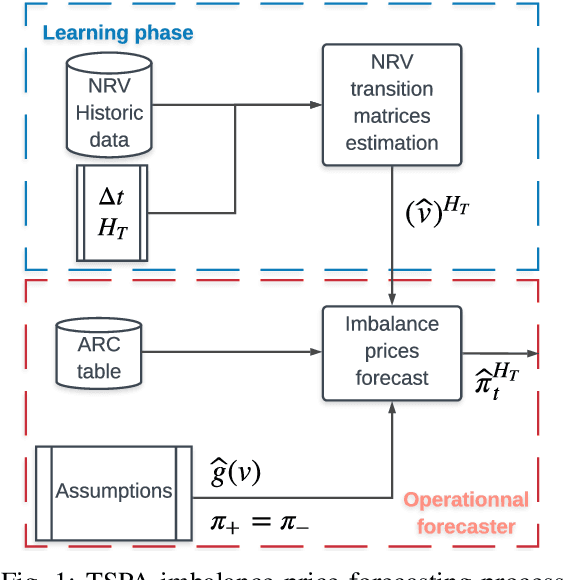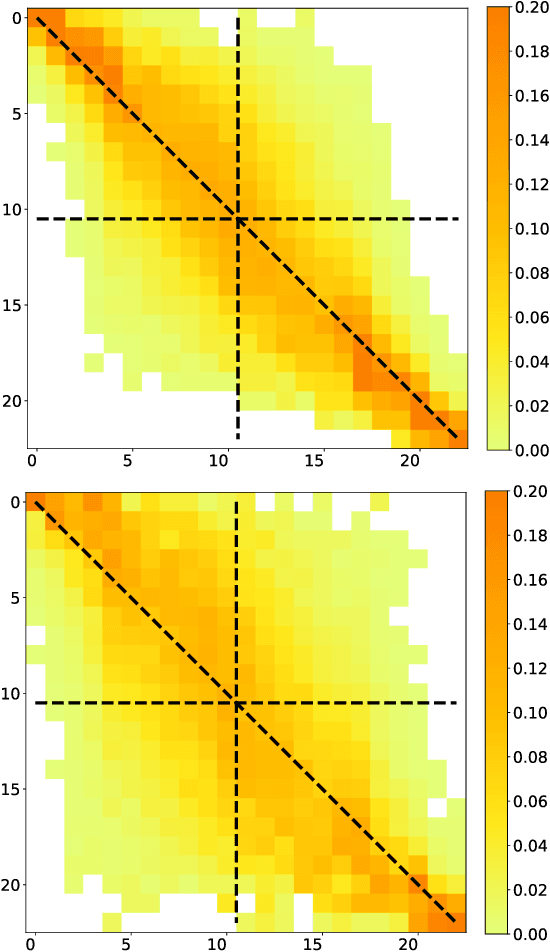Sébastien Mathieu
Probabilistic Forecasting of Imbalance Prices in the Belgian Context
Jun 09, 2021



Abstract:Forecasting imbalance prices is essential for strategic participation in the short-term energy markets. A novel two-step probabilistic approach is proposed, with a particular focus on the Belgian case. The first step consists of computing the net regulation volume state transition probabilities. It is modeled as a matrix computed using historical data. This matrix is then used to infer the imbalance prices since the net regulation volume can be related to the level of reserves activated and the corresponding marginal prices for each activation level are published by the Belgian Transmission System Operator one day before electricity delivery. This approach is compared to a deterministic model, a multi-layer perceptron, and a widely used probabilistic technique, Gaussian Processes.
An Artificial Intelligence Solution for Electricity Procurement in Forward Markets
Jun 10, 2020



Abstract:Retailers and major consumers of electricity generally purchase a critical percentage of their estimated electricity needs years ahead on the forward markets. This long-term electricity procurement task consists of determining when to buy electricity so that the resulting energy cost is minimised, and the forecast consumption is covered. In this scientific article, the focus is set on a yearly base load product, named calendar (CAL), which is tradable up to three years ahead of the delivery period. This research paper introduces a novel algorithm providing recommendations to either buy electricity now or wait for a future opportunity based on the history of CAL prices. This algorithm relies on deep learning forecasting techniques and on an indicator quantifying the deviation from a perfectly uniform reference procurement strategy. Basically, a new purchase operation is advised when this mathematical indicator hits the trigger associated with the market direction predicted by the forecaster. On average, the proposed approach surpasses benchmark procurement strategies and achieves a reduction in costs of 1.65% with respect to the perfectly uniform reference procurement strategy achieving the mean electricity price. Moreover, in addition to automating the electricity procurement task, this algorithm demonstrates more consistent results throughout the years compared to the benchmark strategies.
 Add to Chrome
Add to Chrome Add to Firefox
Add to Firefox Add to Edge
Add to Edge